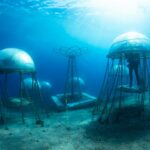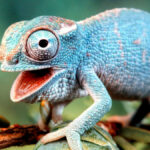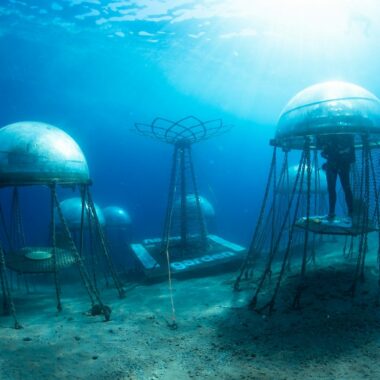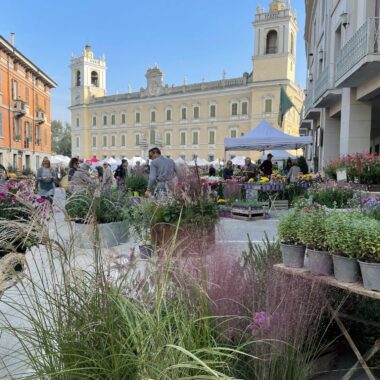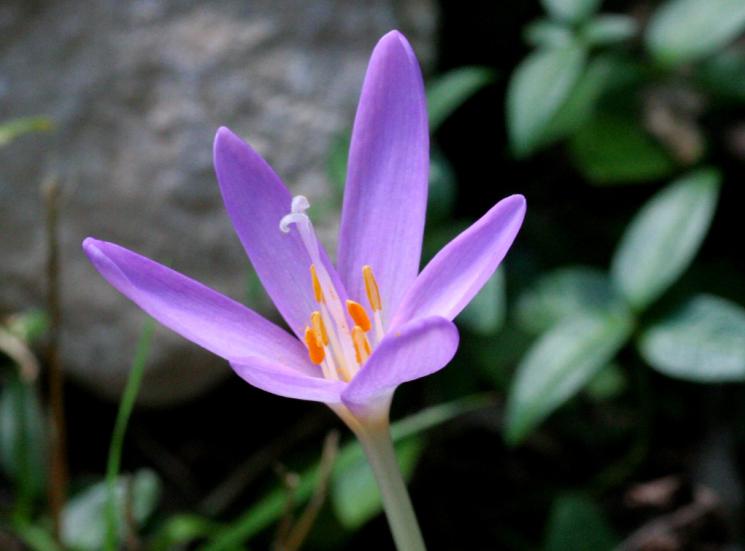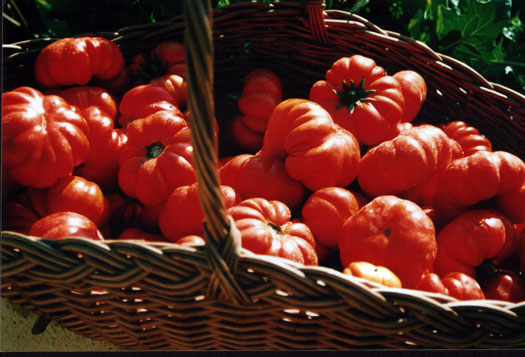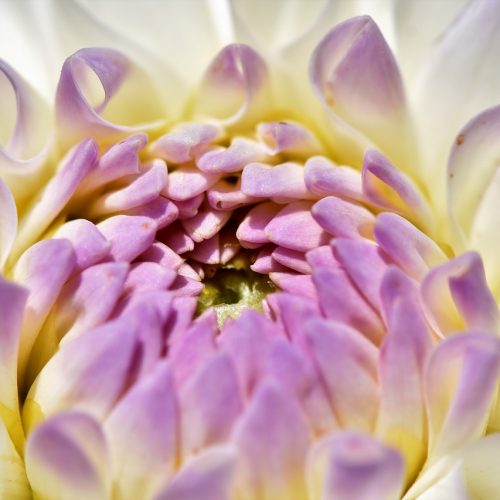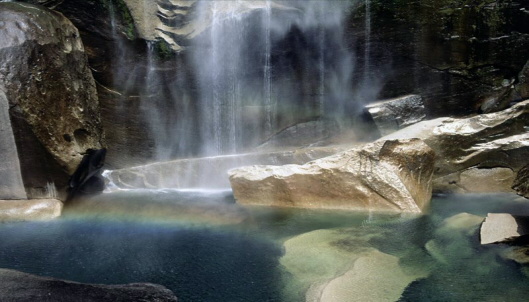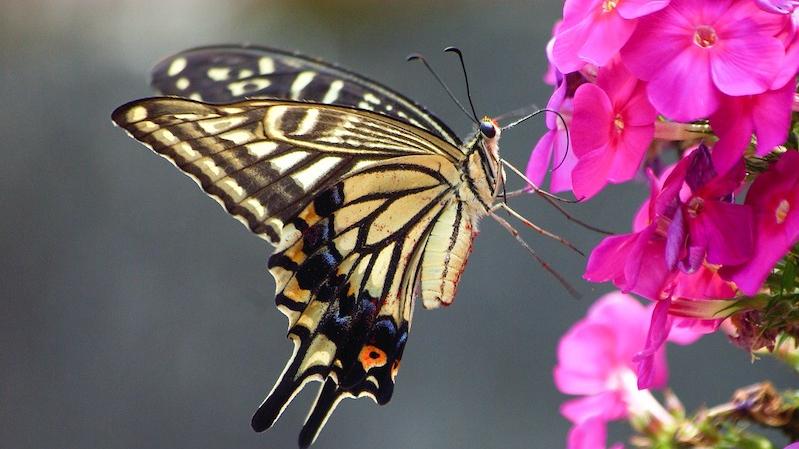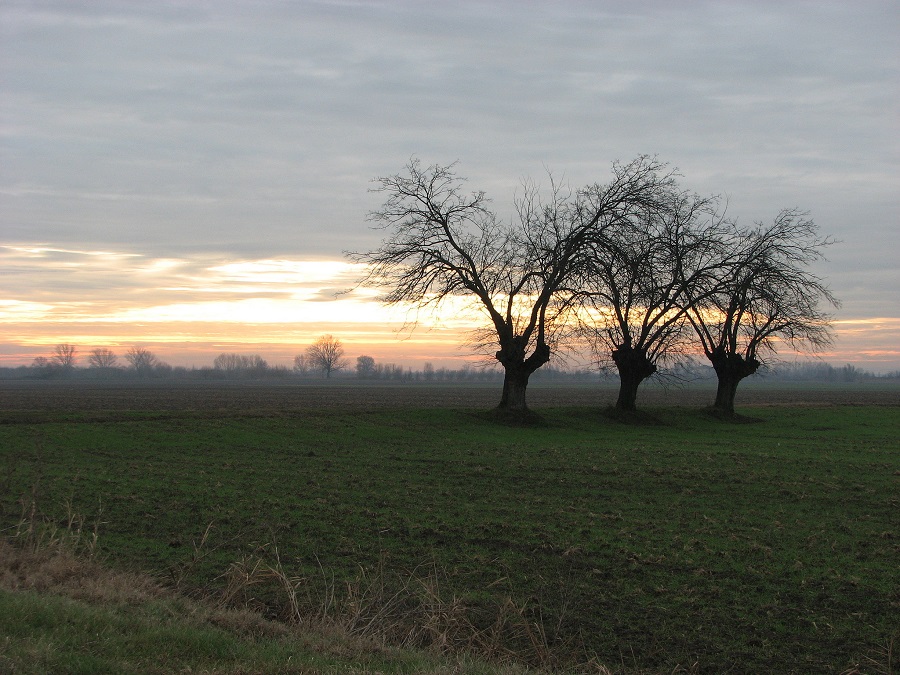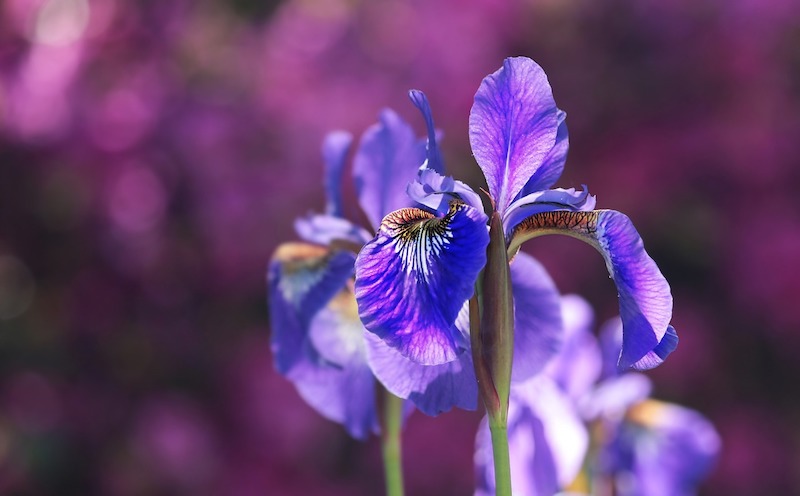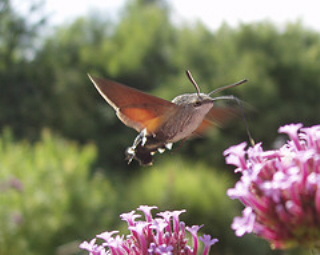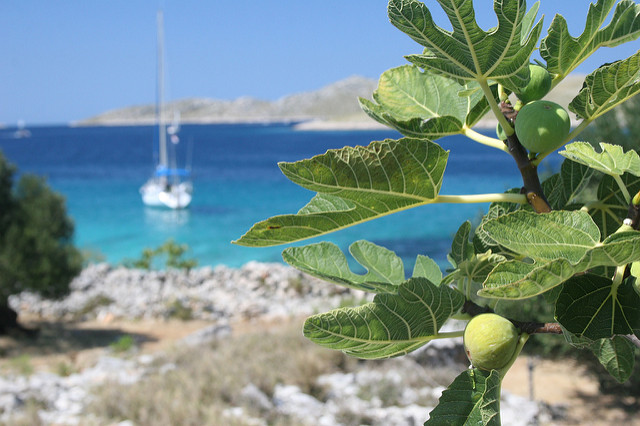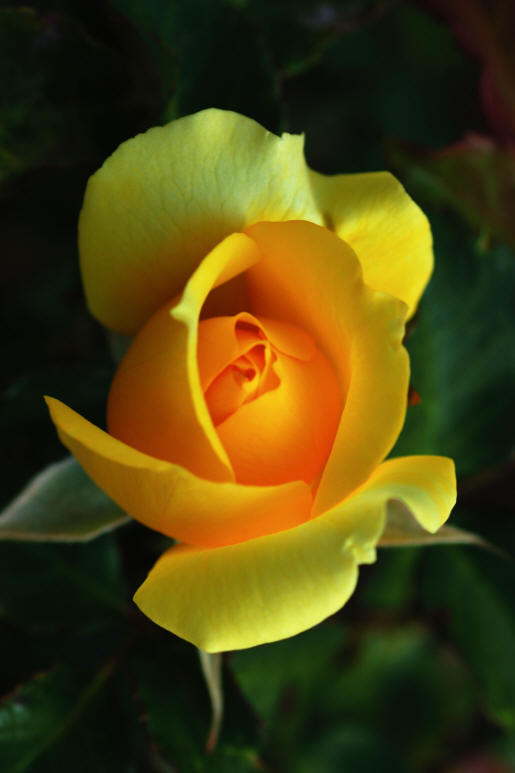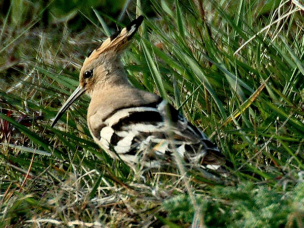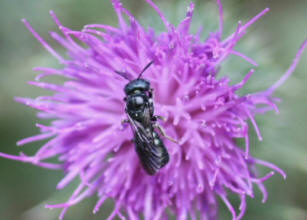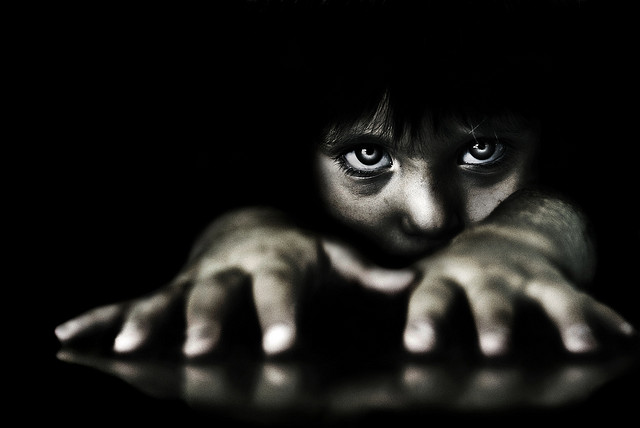Garden Ponds and Fish
Once constructed, your garden pond is not complete without its finishing
touches. There are many varieties of aquatic plants and ornamental fish
available, which will transform your pond – bringing it to life and
blending it naturally into your garden. Getting the balance right will
allow your pond to become virtually self-sustaining, which means you
will only need to give it occasional attention to keep it in peak condition…
First of all you need to look at the different types of aquatic plants,
which are on offer and decide which ones would best suit the size and
style of your pond – Iris’ can grow very tall and are likely to topple
over and look out of place in a small pond.
Don’t buy too many plants, remember that they will grow and could
take over the pond very easily. It is best to start with a few and see
how they develop during the first year – you can always add more later
on.
There are several distinct groups of aquatic plants, which you can
use any combination of. They are as follows:
Oxygenating plants – These do exactly as they say
– oxygenate the water, by absorbing carbon dioxide and releasing oxygen
as they grow. Most of these plants float in the water, but some are
rooted.
They provide a good shelter for spawning fish and their fry and take
up mineral salts from the water that would normally encourage the growth
of algae. Take care, as these plants grow profusely. Some examples of
oxygenating plants are: Curly Pondweed, Water cress, Milfoil and Willow
Moss.
Deep water and marginal plants – Deep water plants
are best kept in containers for ease of lifting – in the event of treating
diseases pruning or feeding. Most marginal plants have their roots just
under the water and their flowers and leaves held well above the surface.
Again, these are best planted in containers. Examples of these plants
are: Sweet Flag, Water Plantain, Water Hawthorn, Iris, Water Mint and
Mimulus.
Water Lilies – These come in a variety of species
and are available in a variety of sizes to suit all sizes and depths
of ponds. These are probably the most well known and popular of all
water plants. They come in a range of wonderful colored blooms and their
distinctive flat leaves sit on the surface of the water, providing valuable
shade and protection for both the pond and the fish. These are once
again best planted in containers. Examples of water lilies are: Darwin,
Pink Opal, Albatross, Attraction, Livingstone and Firecrest.
Bog plants – These plants have adapted themselves
so that their root systems can cope with high moisture levels. Many
of them have interesting leaf shapes with brightly colored flowers and
are perfect for planting near your pond. Some examples of these are:
False Goat’s Beard, Quamash, Dropwort, Lobelia, Iris, Day Lily.
Always remember to plant your aquatic plants in suitably prepared
soil in pots or baskets with gravel on the top- this prevents the fish
from disturbing the soil and clouding the water. Before introducing
your fish, you must wait a while until the pond has settle and is able
to support fish. You can buy Pond Testing Kits, which allow you to check
for PH, Nitrate, Nitrite and Ammonia levels.
Once your pond has settled down, it is time to think about introducing
some fish – taking care not to overstock. The addition of fish will
really bring your pond to life and is probably the most exciting part.
They play an important role in the environment of the pond, as they
take in oxygen from the water and expel carbon dioxide, which is required
by the plants. There are many ornamental fish available in a variety
of colors. Here are just a few ideas:
Common Goldfish – These are probably the cheapest
to buy and the most widely available. Although primarily gold, they
do vary form yellow-gold to bright orange-red.
Shubunkin – These very hardy fishes were developed
from the Common Goldfish and come in a variety of mottled colors.
Comet – This fish has a long tail and is the fastest
and most graceful member of the Goldfish family. This hardy fish is
usually red in color, but does come in a variety of other colors too.
Golden Orfe – This is an excellent scavenger fish,
removing insects and mosquito larvae from the plants and water surface.
It is a very lively fish and is, therefore, best kept in a spacious
pond.
Green Tench – This extremely hardy fish can live
a long time out of water. It prefers still water to running water. Its
dark green, slimy skin is reputed to cure various diseases on other
fishes in the pond.
Koi Carp – These fish are full of character and
can grow to a large size. They have a long lifespan and come in a variety
of wonderful colors, some of which are highly prized. Due to their large
size they are really only suited to large ponds.
In addition to your deliberate additions to the pond there will be
a number of other visitors too, such as, frogs, newts, toads, snails,
various beetles and other insects – some of which can be a nuisance,
but many just enhance its beauty and interest. As your pond gradually
establishes itself and your fish settle down and grow, you will probably
find yourself spending many spare hours sitting next to it and enjoying
all that it has to offer.
By Jane Grimshaw


